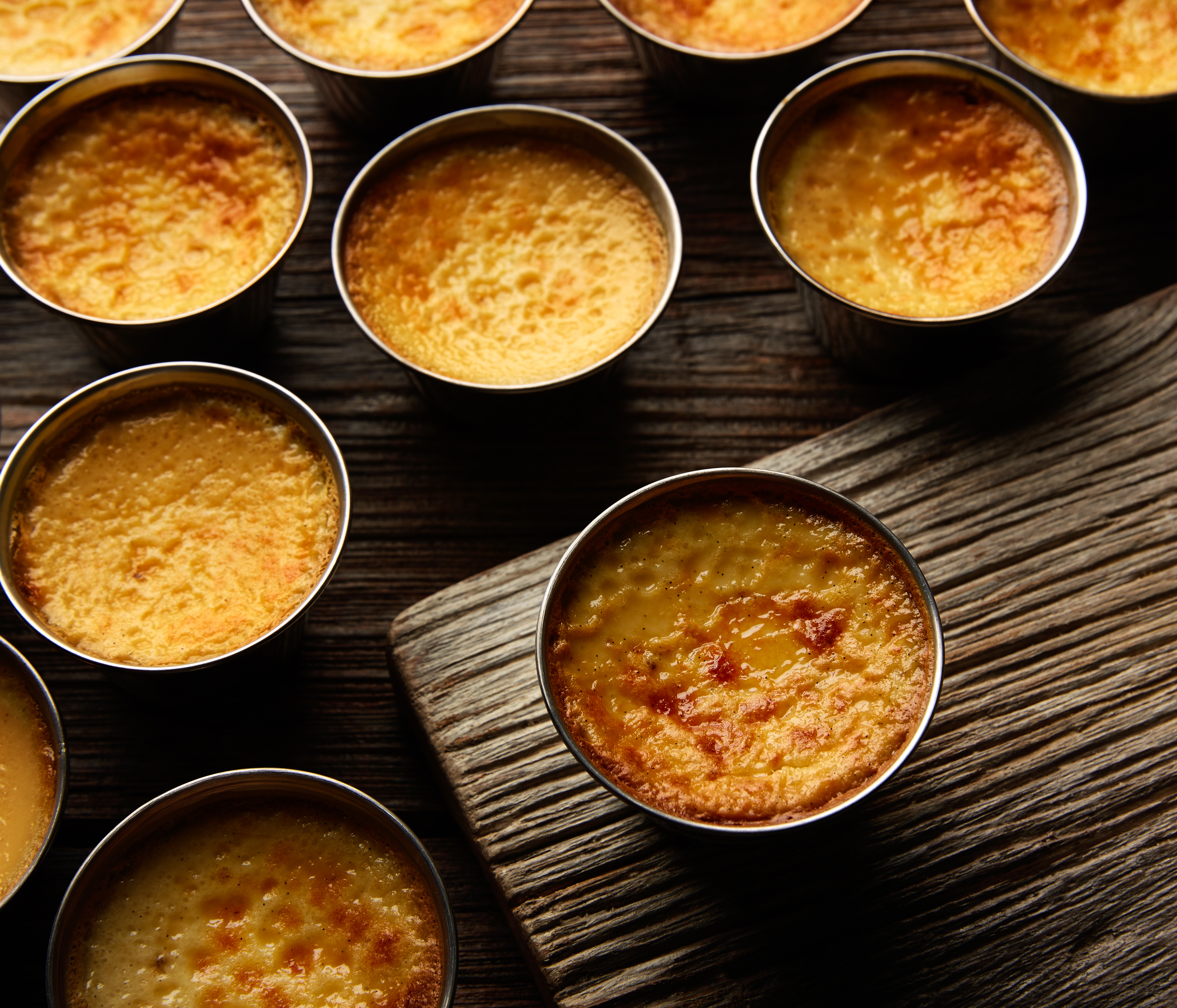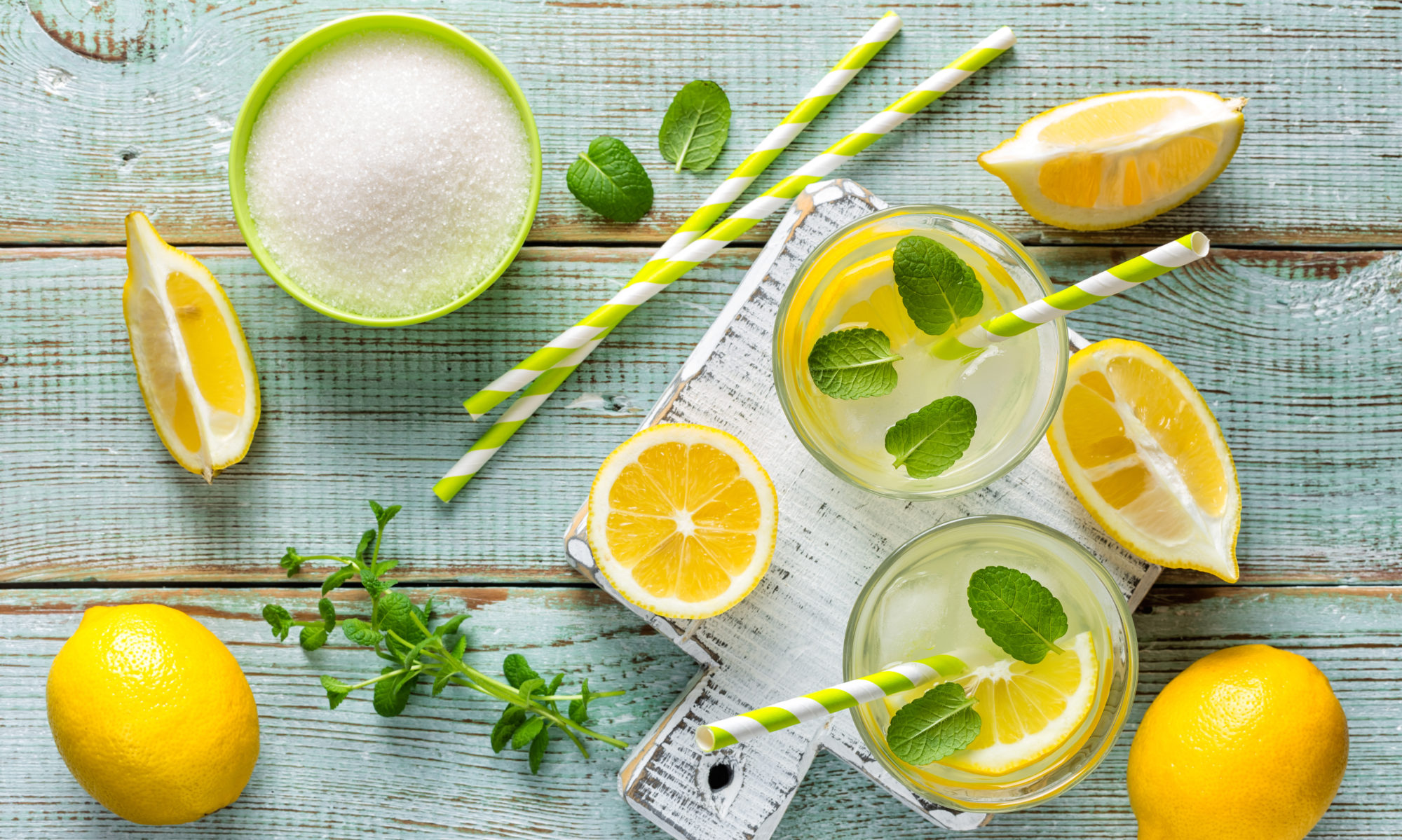
One of my favorite things about being a registered dietitian nutritionist is learning about and celebrating food. And there are so many opportunities to do just that with national food days and months popping up all the time!
There is no shortage of food celebrations in May – it’s the month for celebrating asparagus, salsa, salad, and strawberries. Needless to say, this is a dietitian’s dream to celebrate all these nutrient-rich foods. But in addition to all the fruits and vegetables we consume, we need to make room for some special treats in our diet too. After all, moderation is the key and what’s life without the sweet stuff?!
That’s why I’m glad that May is also National Chocolate Custard Month! I’ll take any opportunity to celebrate chocolate, but I was curious to learn the differences between custard, pudding, and mousse – three desserts that bring up visions of creamy, chilled deliciousness. If you have ever wondered what makes these desserts different, I have the answer for you, plus some delicious recipes to try.
All three of these desserts start with a base of milk and sugar. What’s added in is what accounts for the different consistency and textures of the final products.
Pudding is made by cooking the milk and sugar base and adding cornstarch to thicken the mixture. This leads to a semisolid consistency and creamy texture. It is usually served chilled, but it can be served warm or at room temperature.
Mousse is made by folding beaten egg whites or whipped cream into a cold milk and sugar base. Unlike pudding, mousse is not cooked and the addition of air to the mixture leads to a fluffier consistency and lighter texture. Mousse is typically served chilled or frozen.
Custard is made by cooking the milk and sugar base and adding whole eggs to thicken the mixture. When cooled, the mixture solidifies, leaving you with the jiggly consistency and silky texture.
Now that you know the basic difference between these delicious desserts, how about making some on your own? Enjoy these versions lightened up with Stevia.
Vegan Dark Night Chocolate Mousse
 Jessica Levinson, MS, RDN, CDN is a registered dietitian nutritionist and culinary nutrition expert. She has extensive experience as a recipe developer, writer, editor, and speaker. She is the co-author of We Can Cook: Introduce Your Child to the Joy of Cooking with 75 Simple Recipes and Activities (Barron’s, 2011), past columnist for the Culinary Corner column in Today’s Dietitian Magazine, and maintains a popular blog at JessicaLevinson.com. Jessica is an active member of the Academy of Nutrition and Dietetics (AND) and various Dietetic Practice Groups of the AND, including Nutrition Entrepreneurs, Food and Culinary Professionals, and Dietitians in Business and Communications. Follow her out on Twitter, Facebook, Instagram, and Pinterest.
Jessica Levinson, MS, RDN, CDN is a registered dietitian nutritionist and culinary nutrition expert. She has extensive experience as a recipe developer, writer, editor, and speaker. She is the co-author of We Can Cook: Introduce Your Child to the Joy of Cooking with 75 Simple Recipes and Activities (Barron’s, 2011), past columnist for the Culinary Corner column in Today’s Dietitian Magazine, and maintains a popular blog at JessicaLevinson.com. Jessica is an active member of the Academy of Nutrition and Dietetics (AND) and various Dietetic Practice Groups of the AND, including Nutrition Entrepreneurs, Food and Culinary Professionals, and Dietitians in Business and Communications. Follow her out on Twitter, Facebook, Instagram, and Pinterest.


